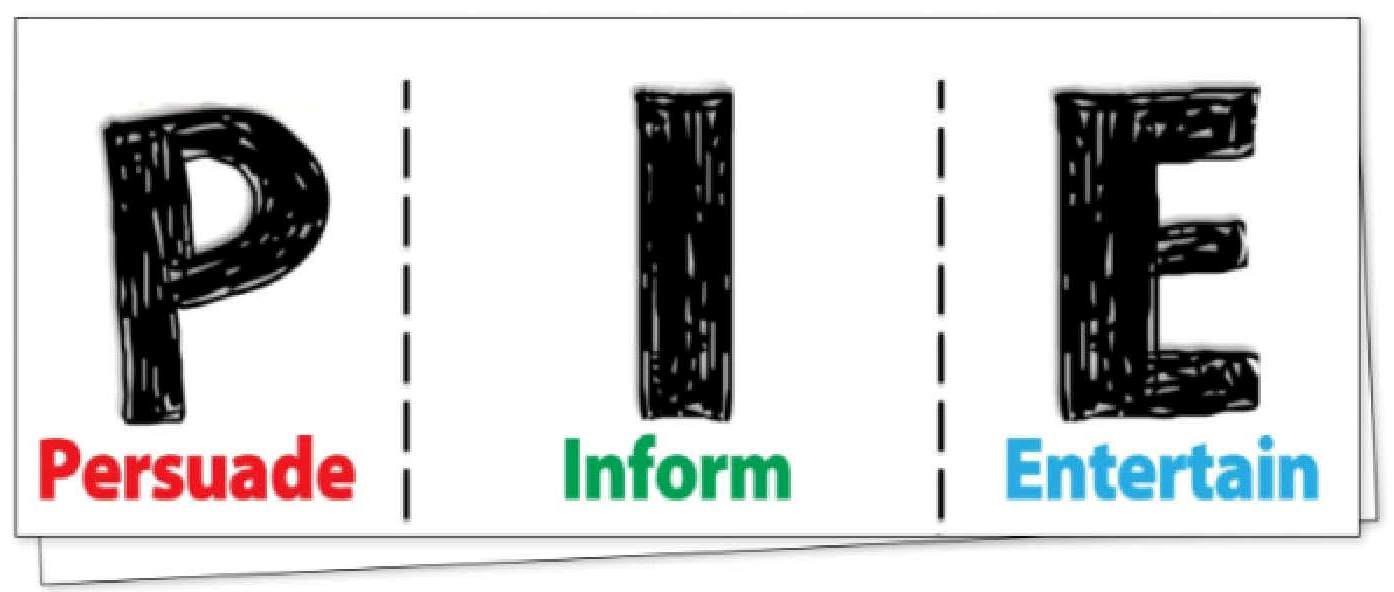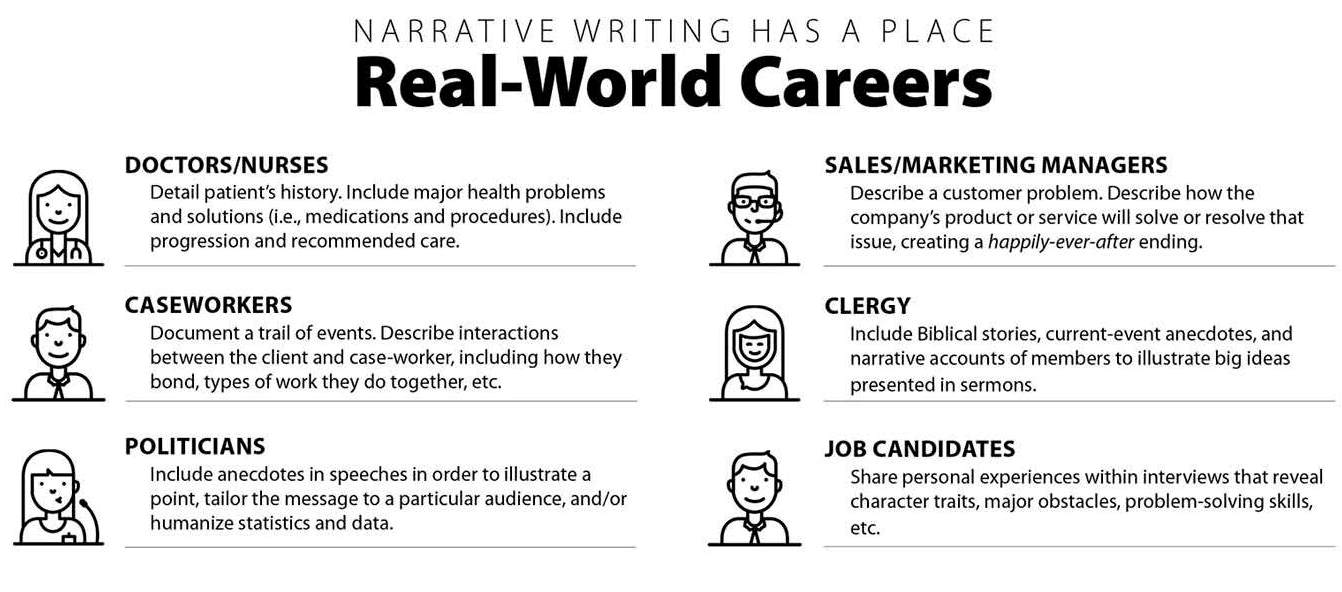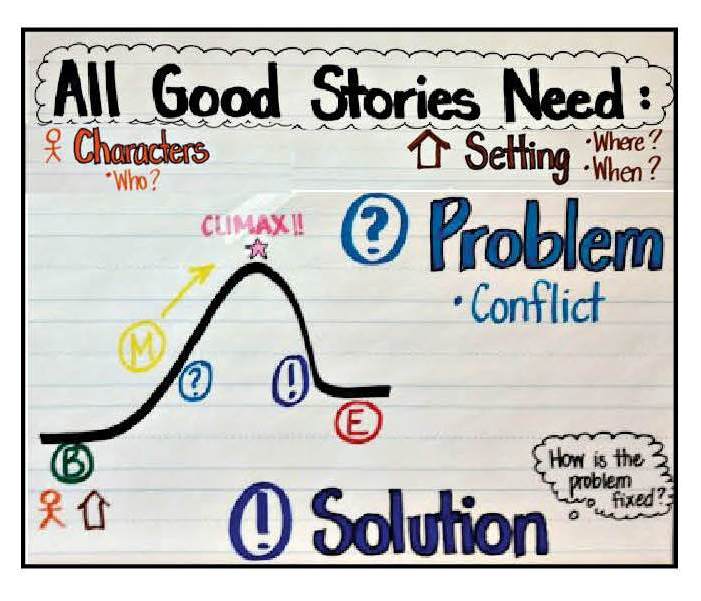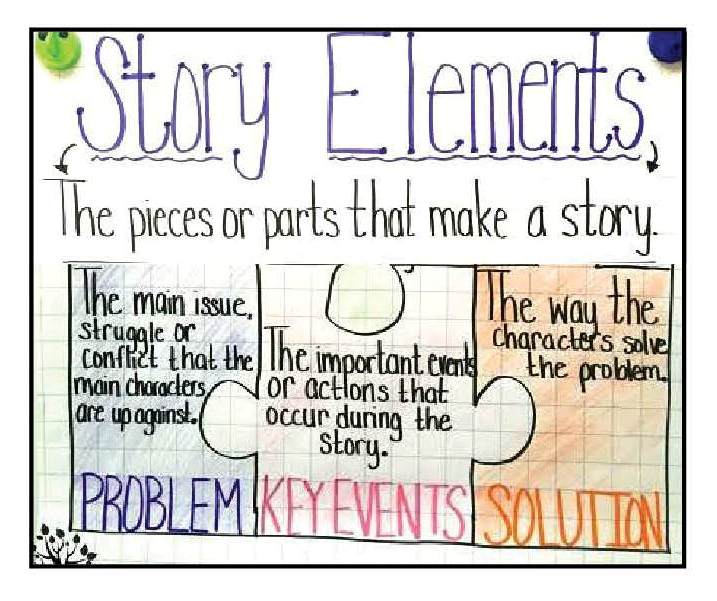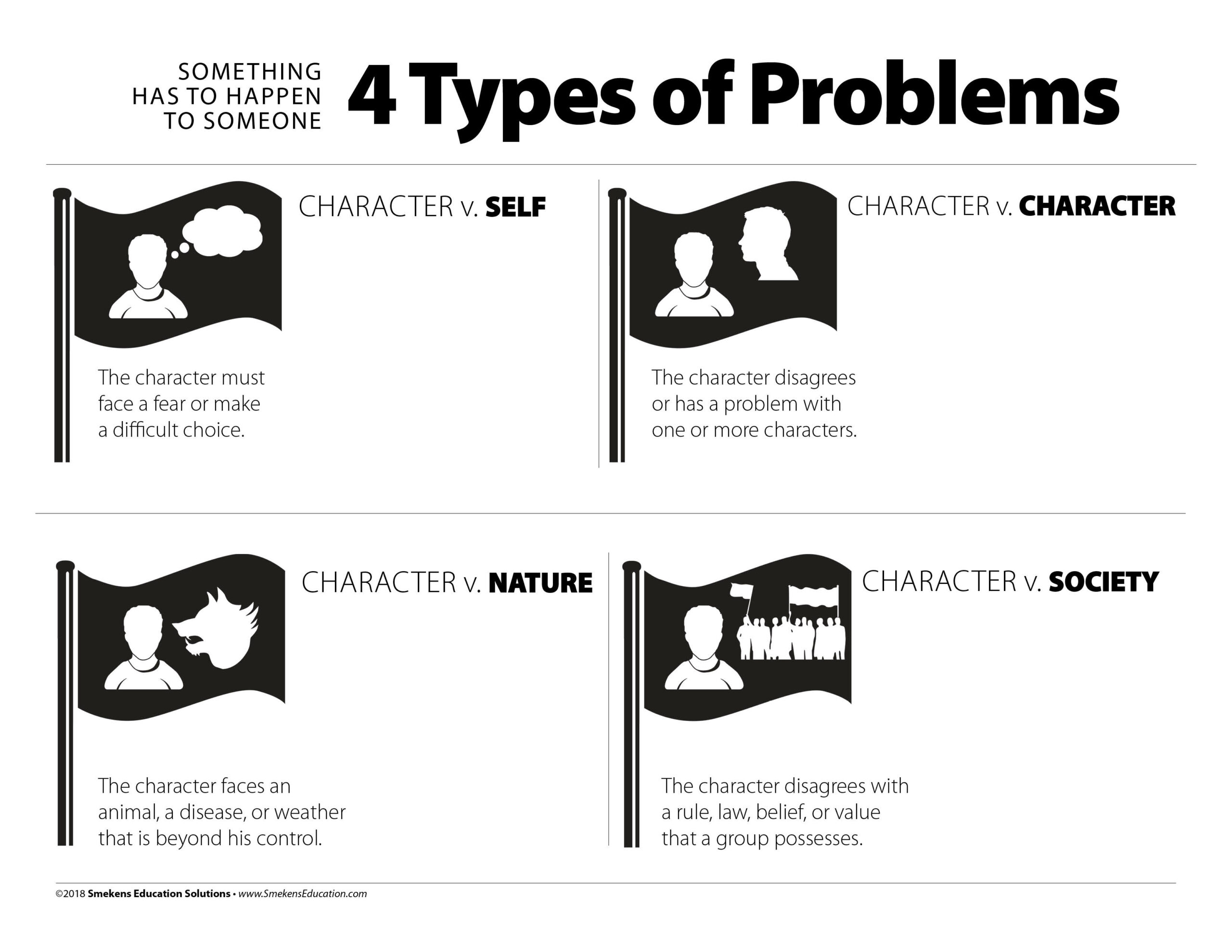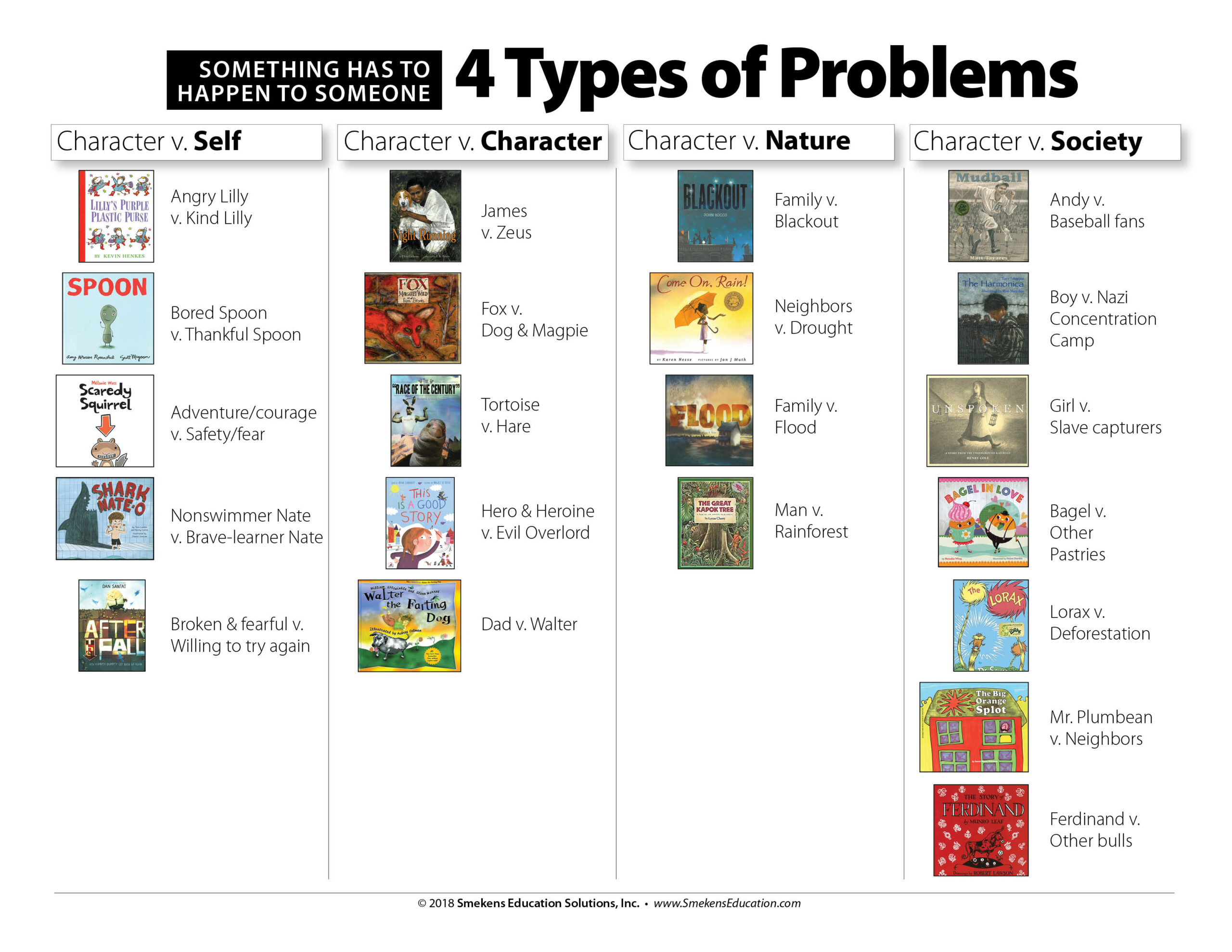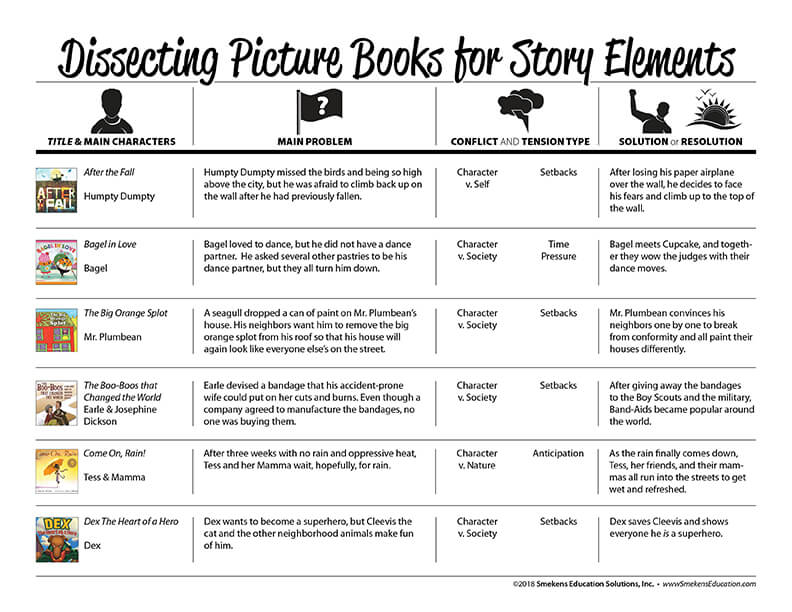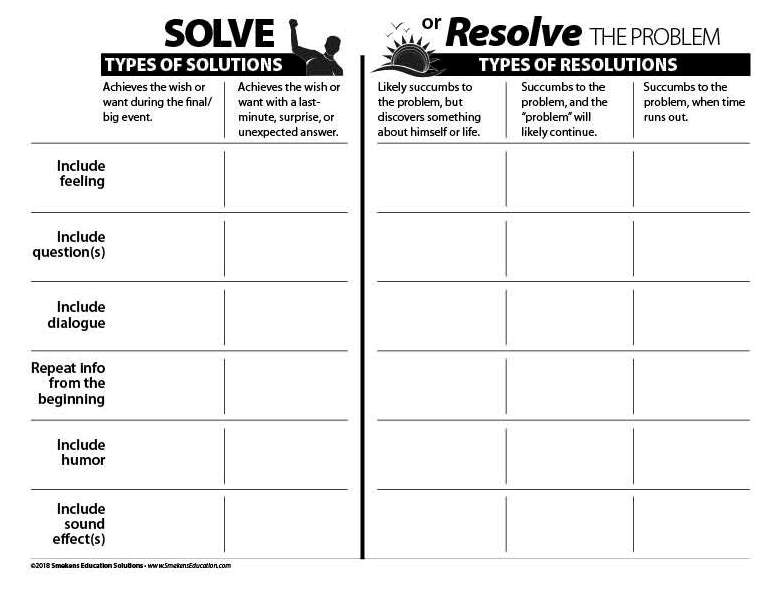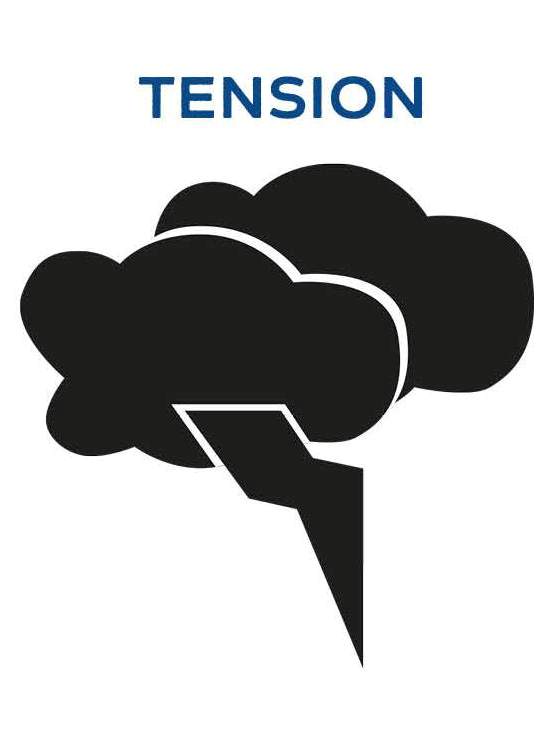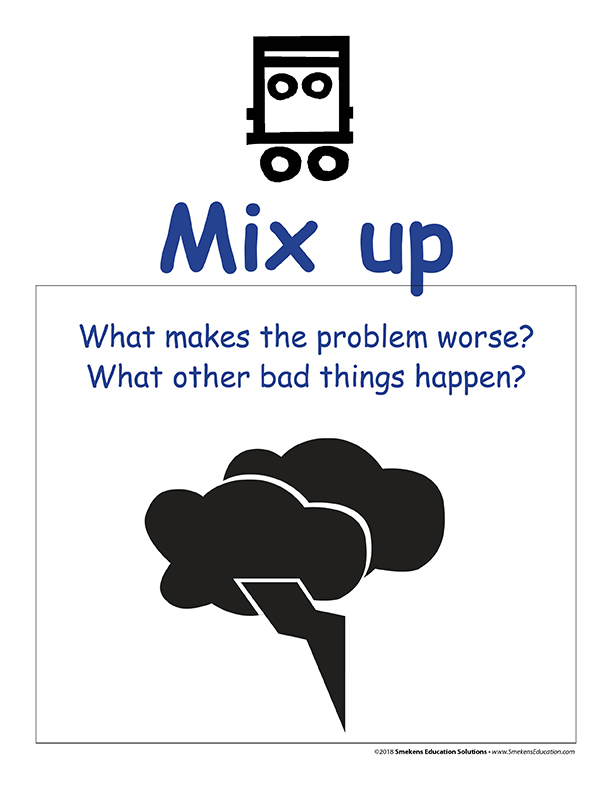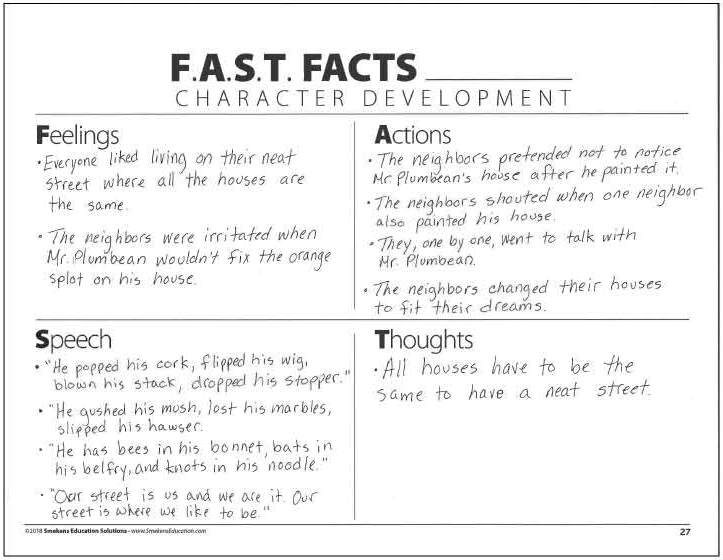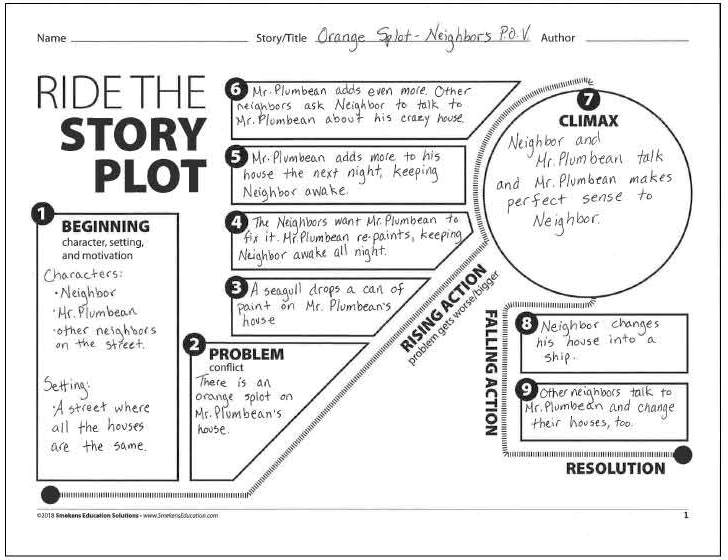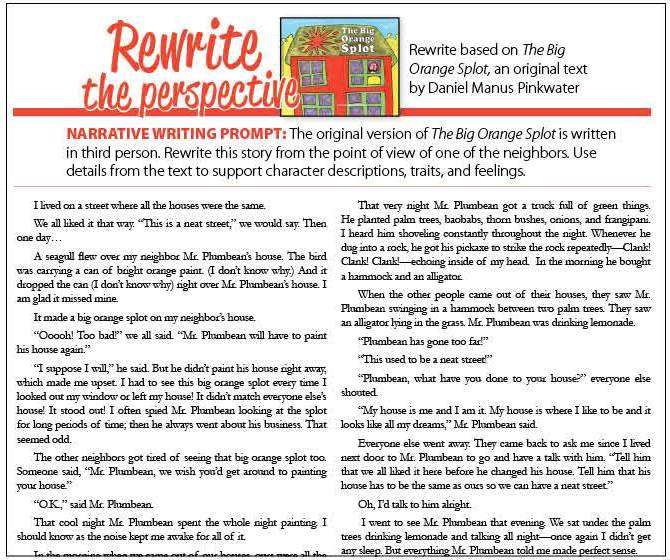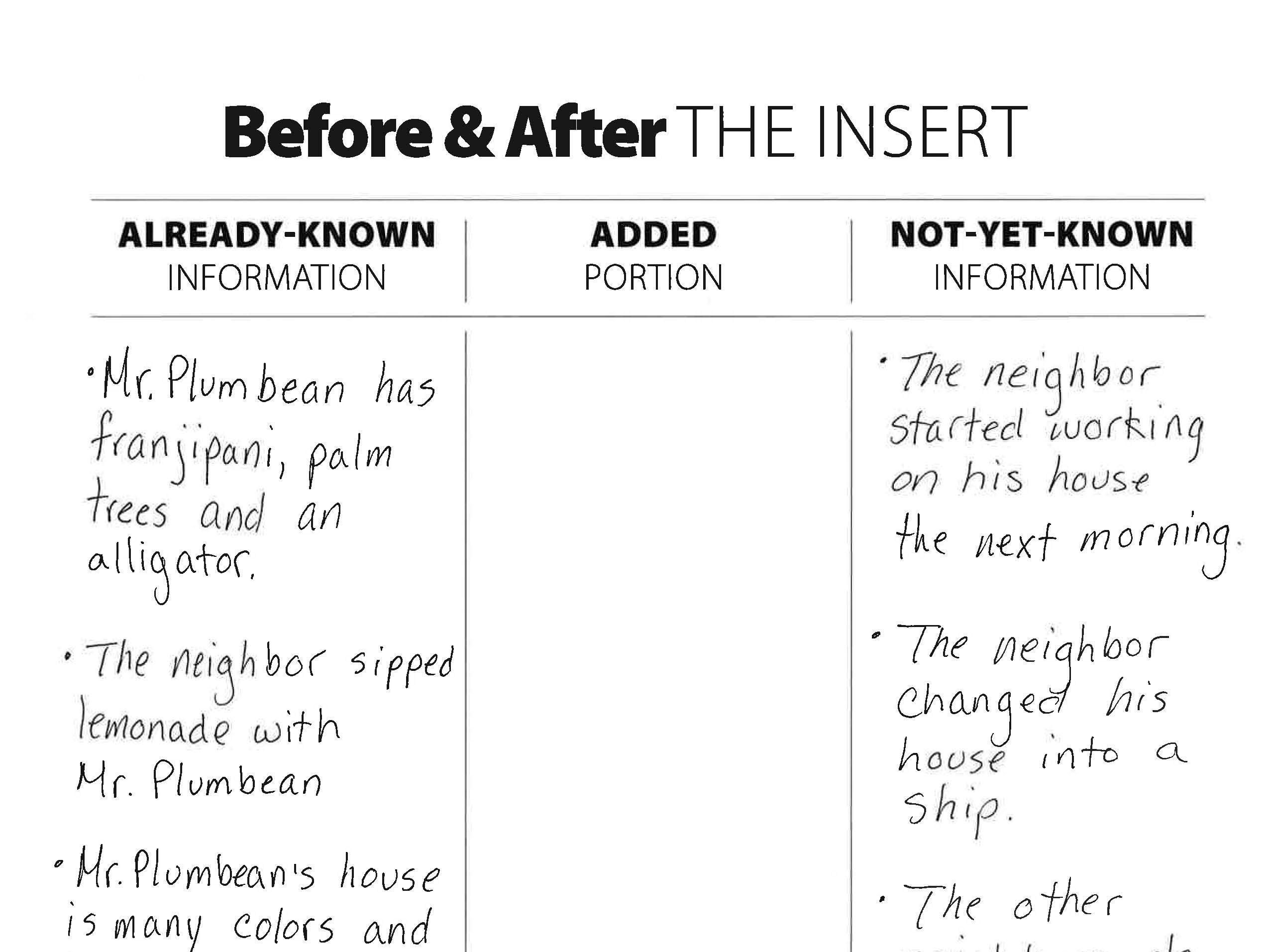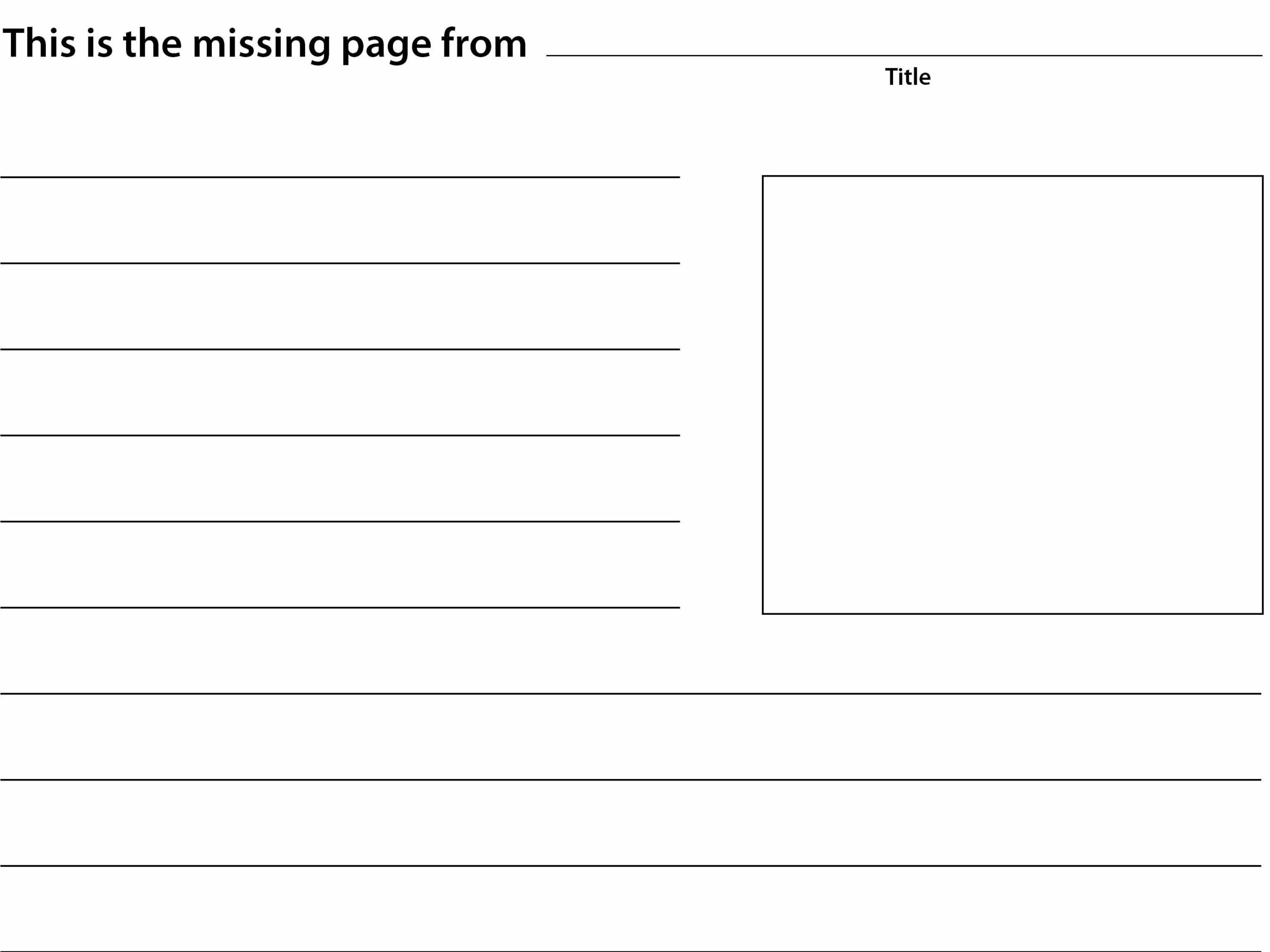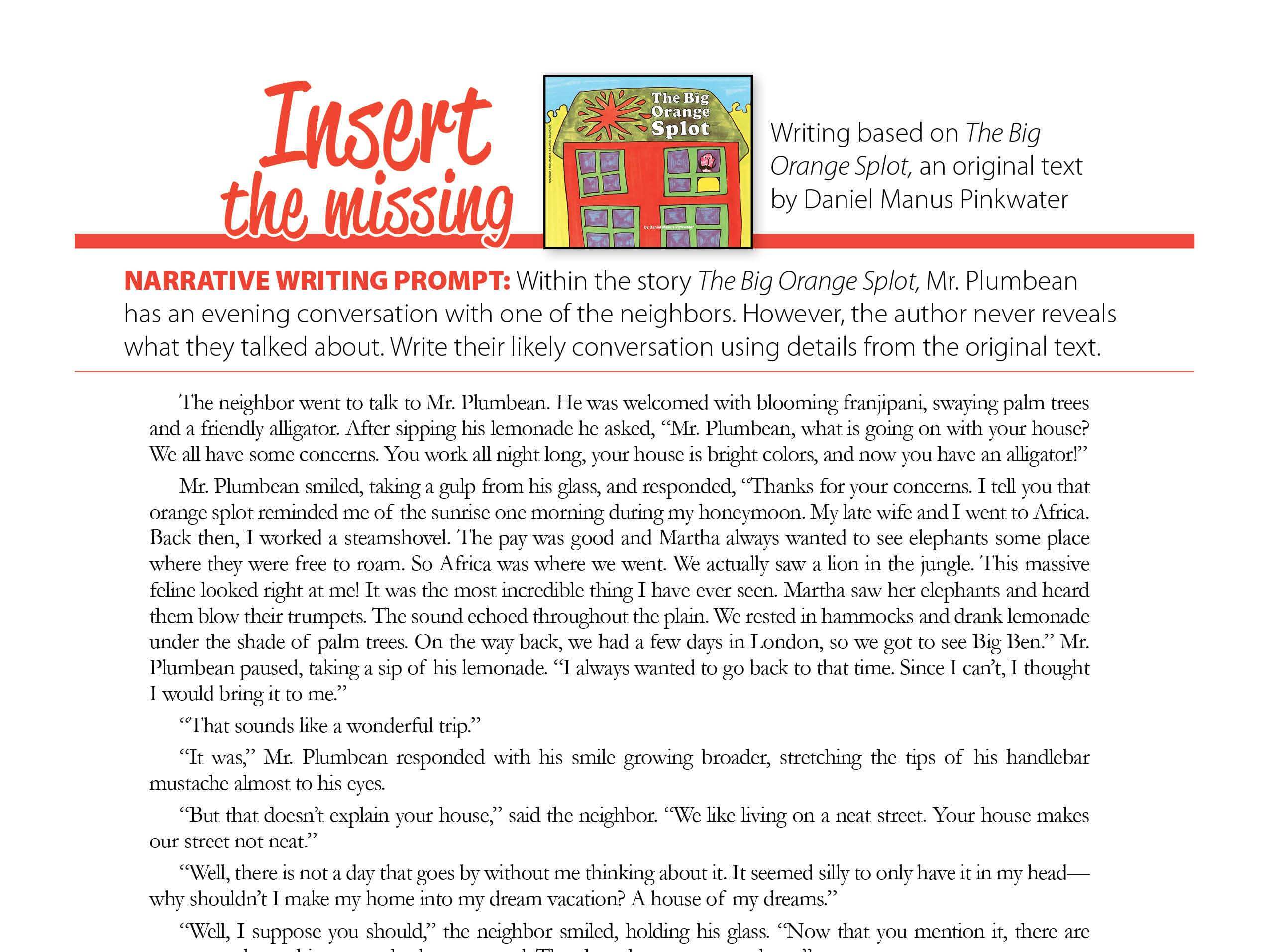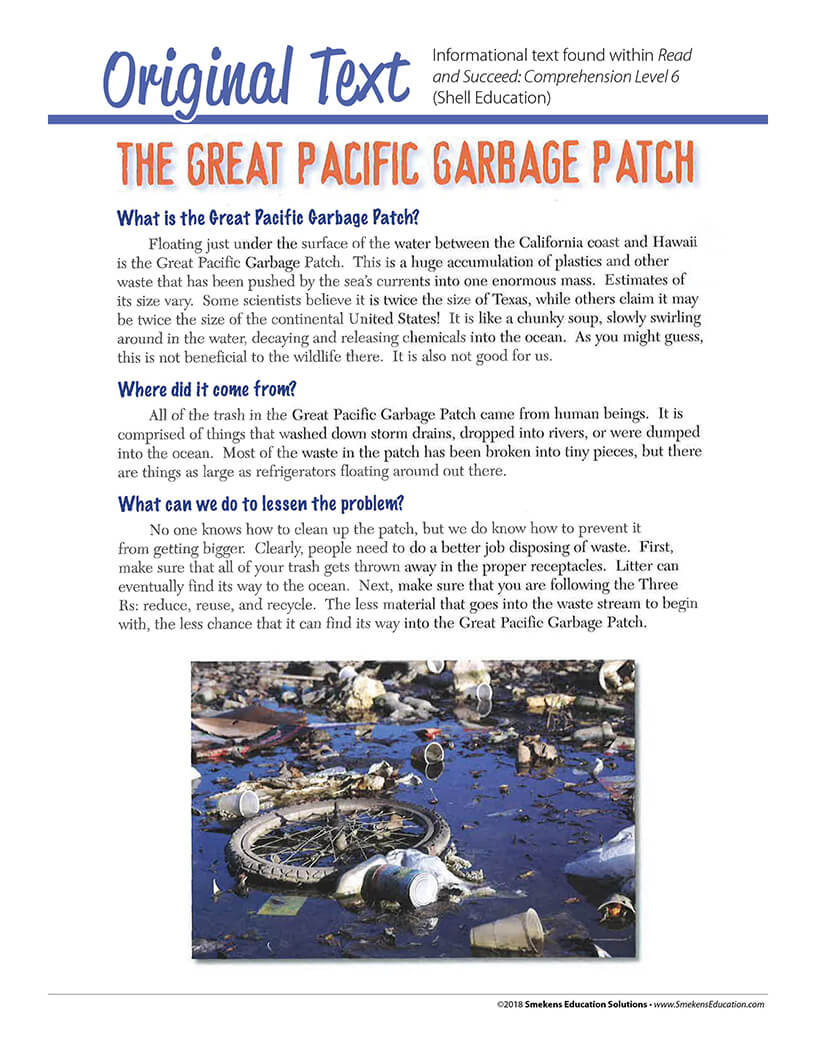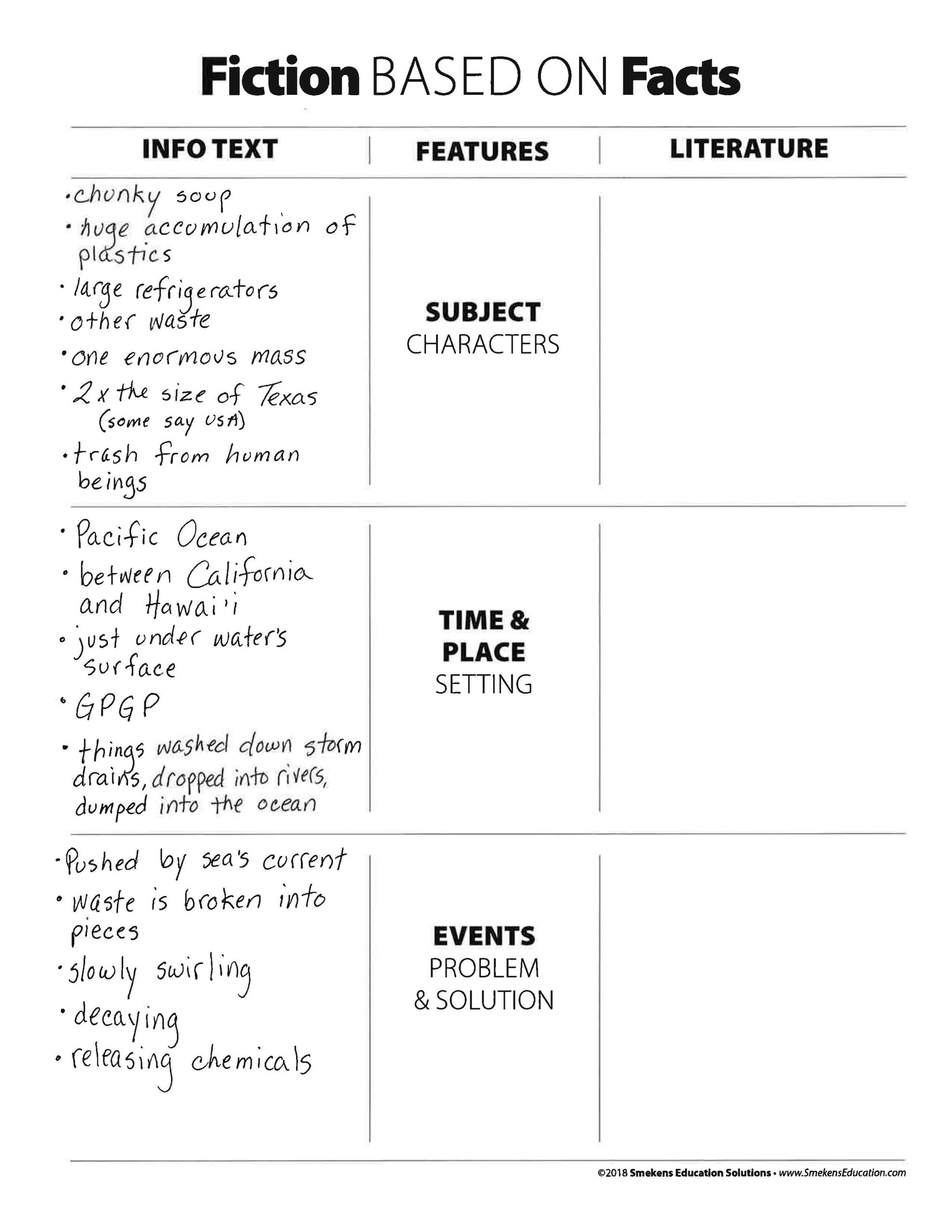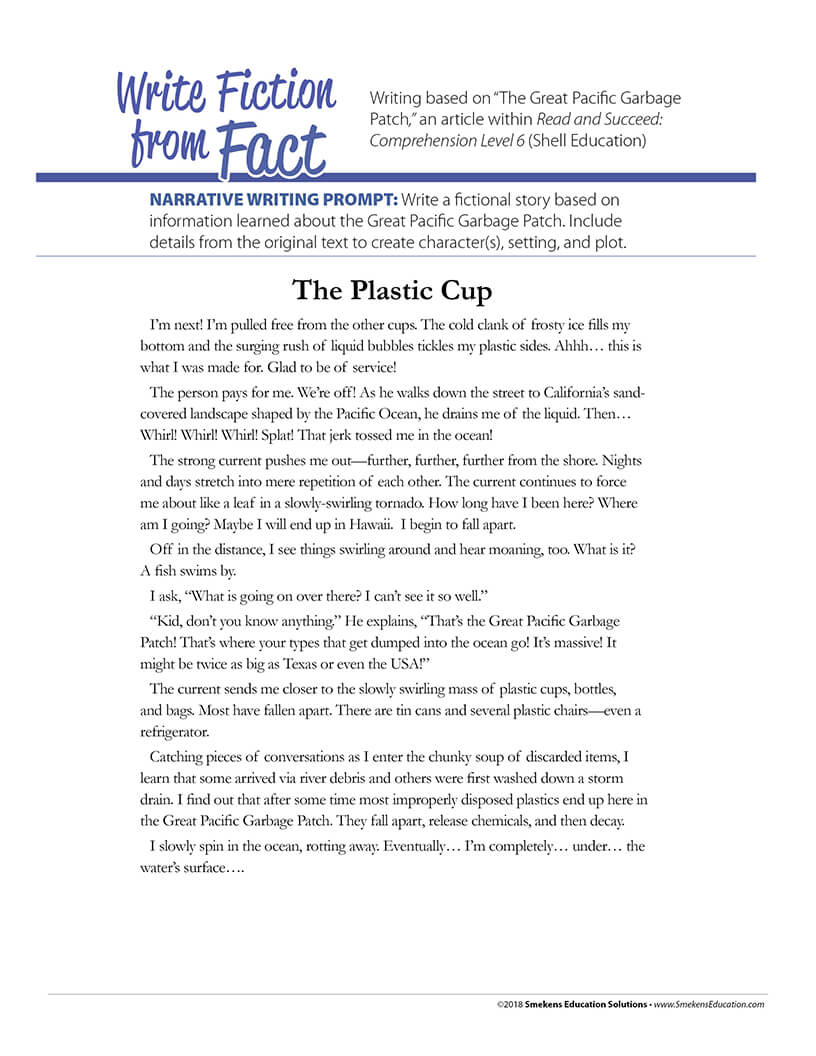Literacy Retreat 2018
SECRET SITE
Know the Narrative Non-Negotiables
Acknowledge the relevance of narrative
Narrative writing has a place in the ELA standards and in the real world.
Narrative writing in real-world careers
Define the shape of stories
Identify the planning tool your students are most familiar with.
Plot Exposition Map | Ride the Story Plot
Label problem and solution within all resources, as seen in these Pinterest examples.
Plan the character’s problem and solution.
Start with the middle
Name and define the four types of problems or conflicts.
Write the ending
Don’t leave readers hanging. Satisfy them with a strong ending.


Discern between solution and ending.
Orient the reader with a beginning
Determine who will face the problem. Add motivation at the end of the beginning.
Introduce Set-up, Mix-up, Fix-up and provide writing templates for primary students.
Provide only the most essential character and setting details.
Elaborate on the middle
Stretch the middle and create rising action with tension. Make the problem bigger, harder, or more impossible to solve.
Generate narrative responses
Expose students to four types of narrative-writing tasks that are all rooted in reading.
Comprehend the original story
Continue the story following a similar plot.
Rewrite the story from a different perspective.


Fractured Fairy Tales for Rewrite from a different point of view


After the Fall for Continue the story | We Forgot Brock for Insert the Missing Page
Insert a missing part or page.
Rewrite the same basic plot
Write fiction based on fact.
Emily Opell (Boonville Middle School) had her students integrate factual information about the Great Pacific Garbage Patch into their own narrative stories. Check out the various pieces her sixth graders published on this website: https://sites.google.com/warrick.k12.in.us/thegreatpacificgarbagepatch/home

